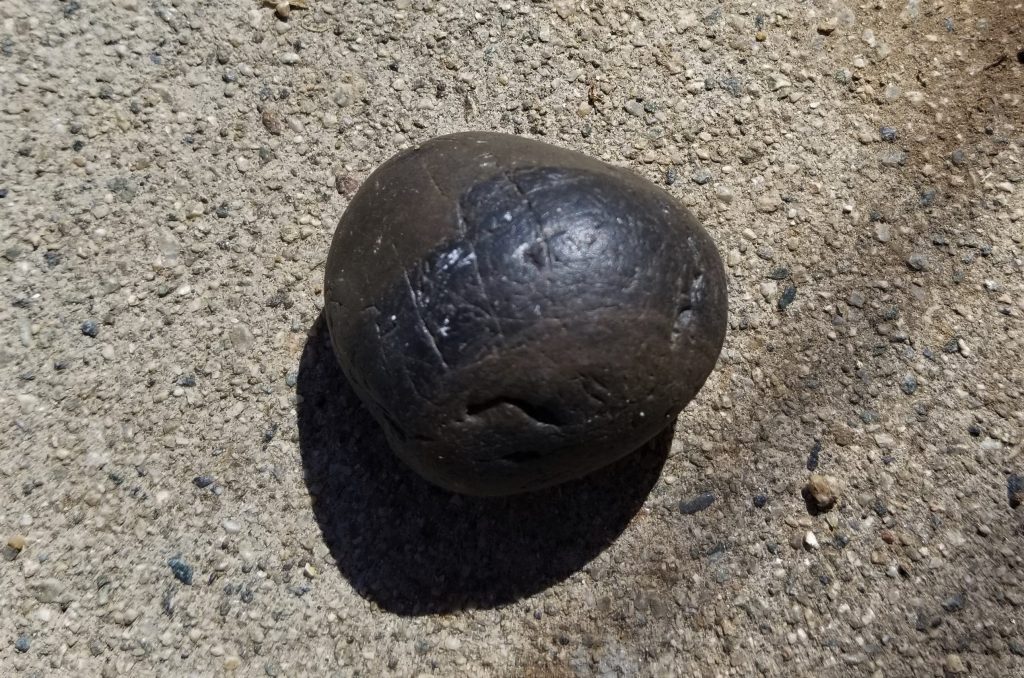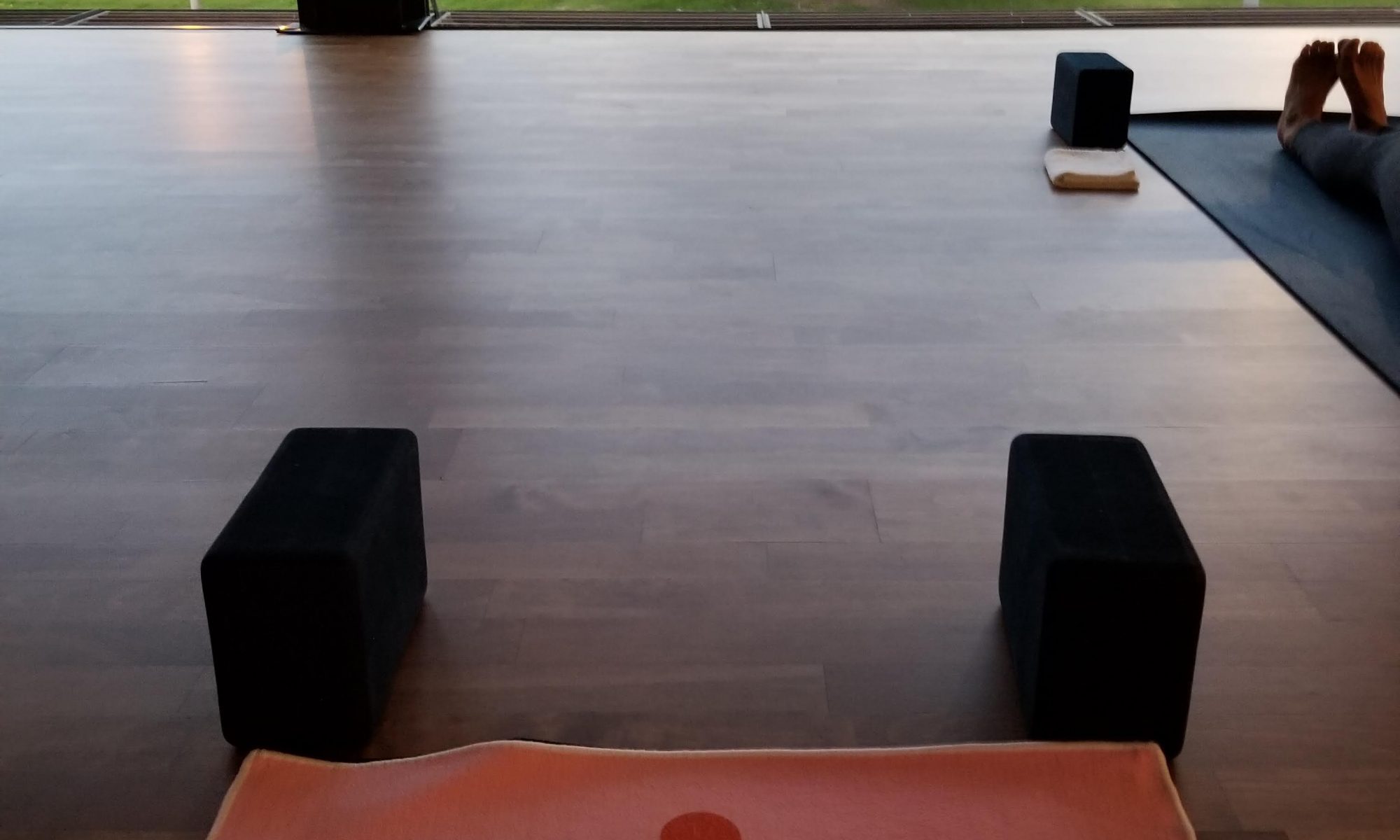I’m feeling so sad for the world today.
Sometimes, when I’m having a hard time getting a grip on my feelings or keeping my energy focused where I want it, I find a little meditation can be very helpful.
I’m not a regular meditator, but I always feel better when I do. If I meditate on my own, I generally will do a mindfulness meditation, just focusing on my breath and being where I am. But today’s feelings seem to merit a different kind of meditation. A loving-kindness meditation.
Loving-Kindness meditation, also known as a Metta meditation, is a form that focuses on both self-love and compassion for others. As with most things, there are several versions of the “right” way to do Metta meditation, but I feel comfortable in saying that part of this practice is showing yourself the compassion to accept that however you choose to practice it is the right way for you.
The basic structure of this meditation is that you first focus on yourself, then on one, specific other person, then on the collective. You can do multiple variations of the specific other. You can also identify the collective as all humanity, or the whole world, or even the universe – or you can do multiple variations here too.
Insight Timer has a bunch of free, guided loving-kindness meditations. I tried this 10-minute meditation with Mark Zelinsky that I thought was nice.
If you want to try it on your own, here is my take on a loving-kindness meditation:
May I be happy
May I be well
May I be safe
May I be peaceful
(now for another – think of someone specific)
May you be happy
May you be well
May you be safe
May you be peaceful
(now think about the whole world)
May we be happy
May we be well
May we be safe
May we be peaceful
Namaste.




